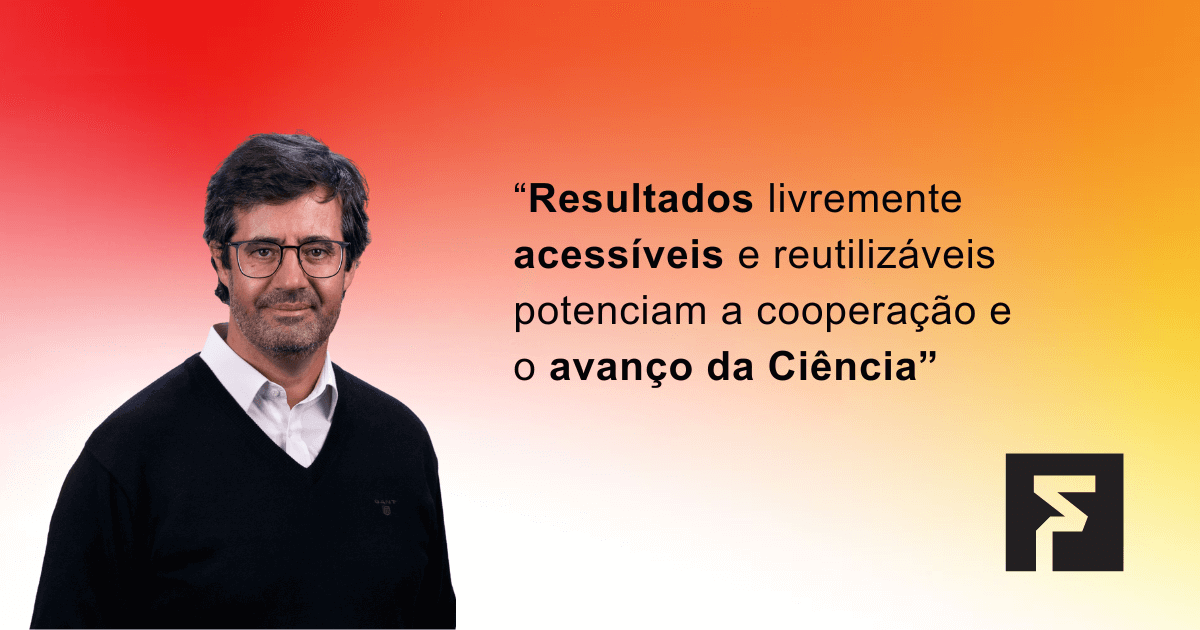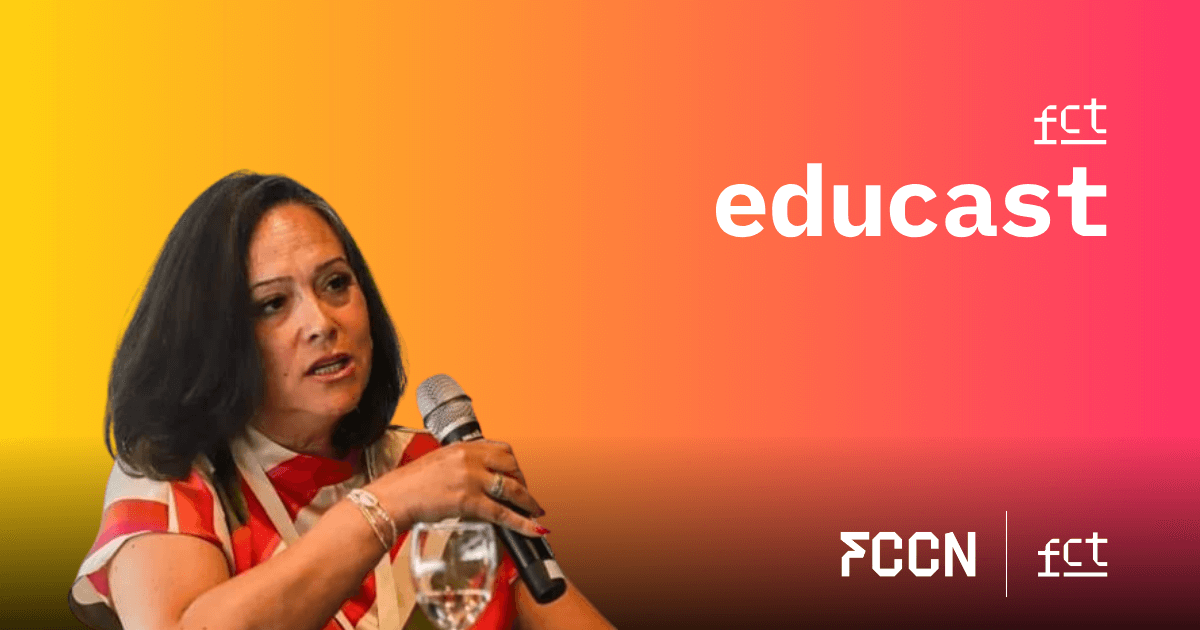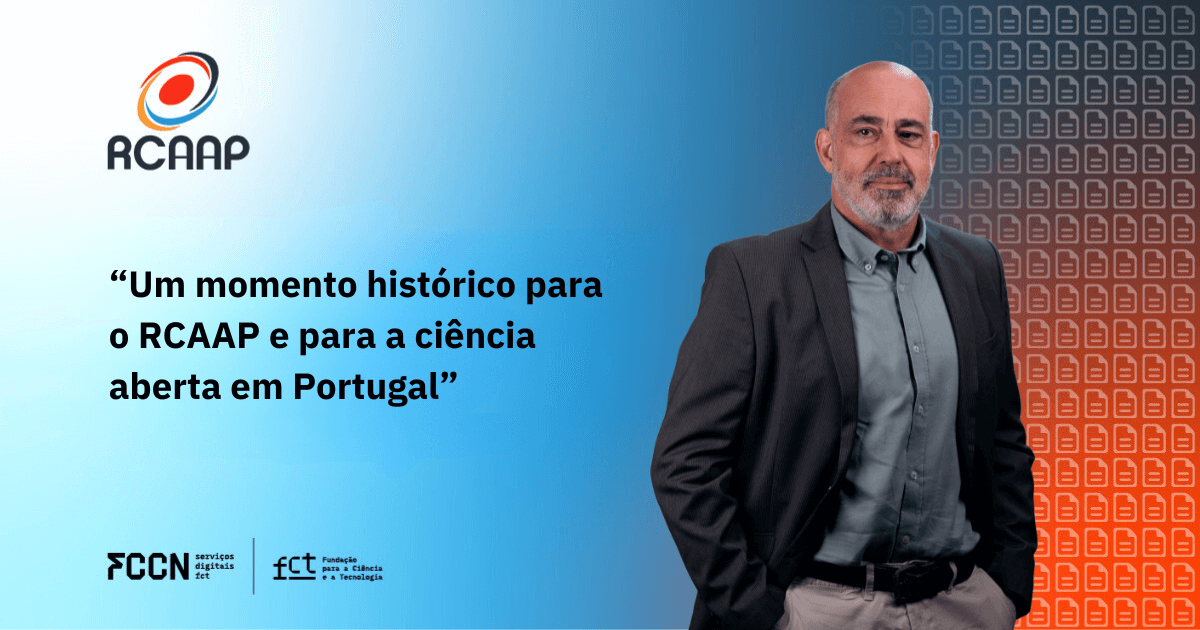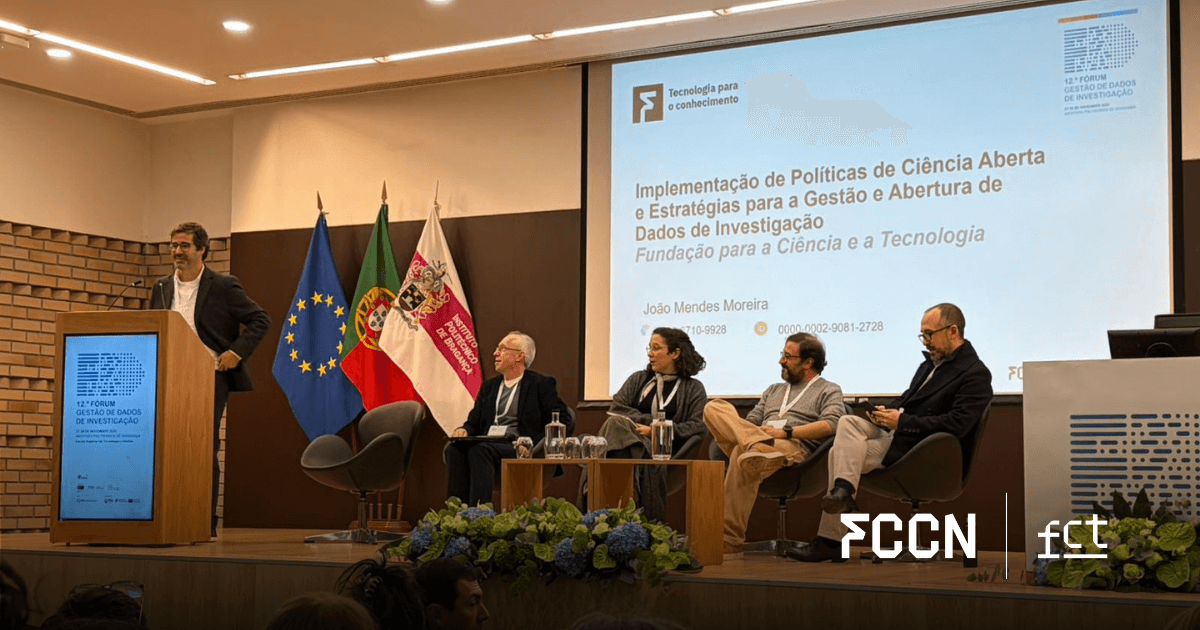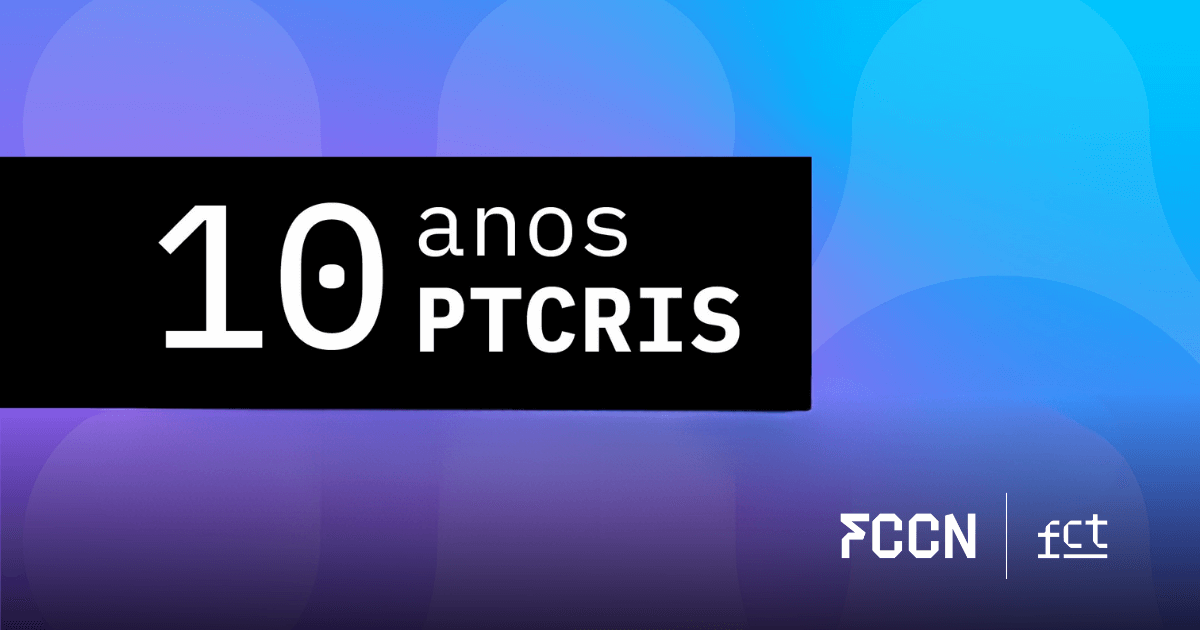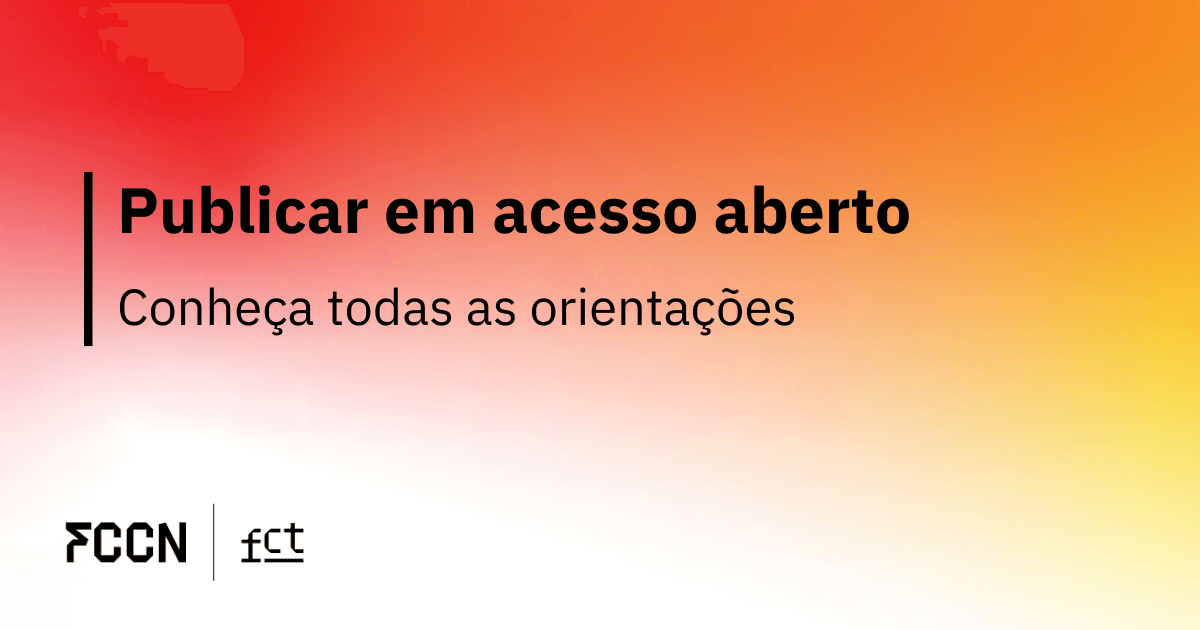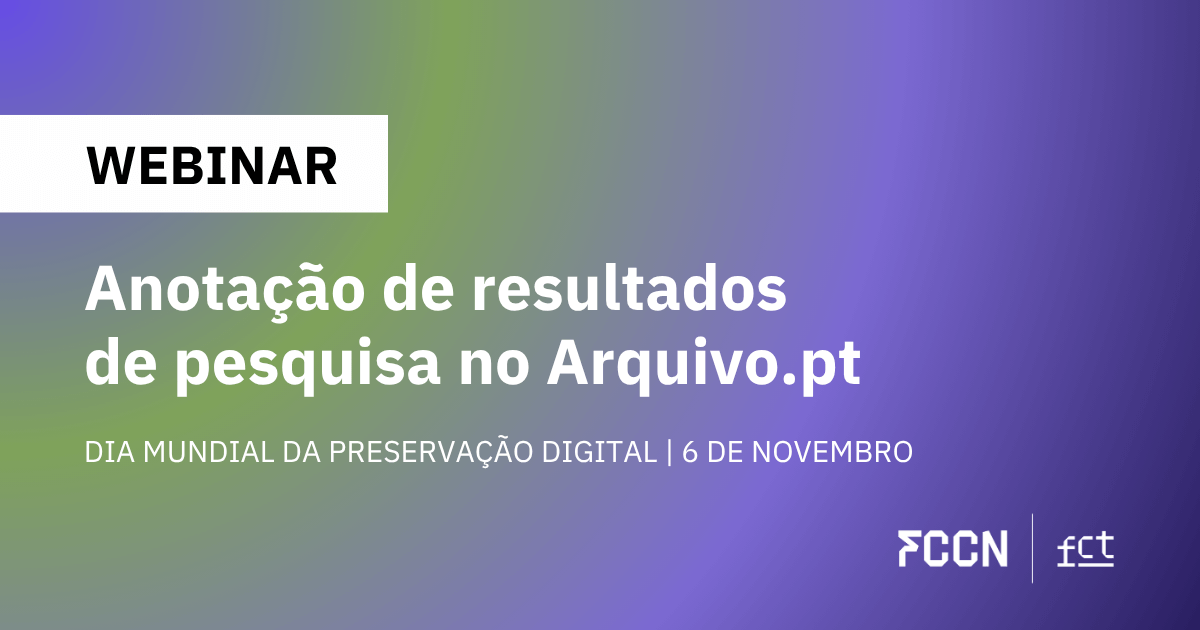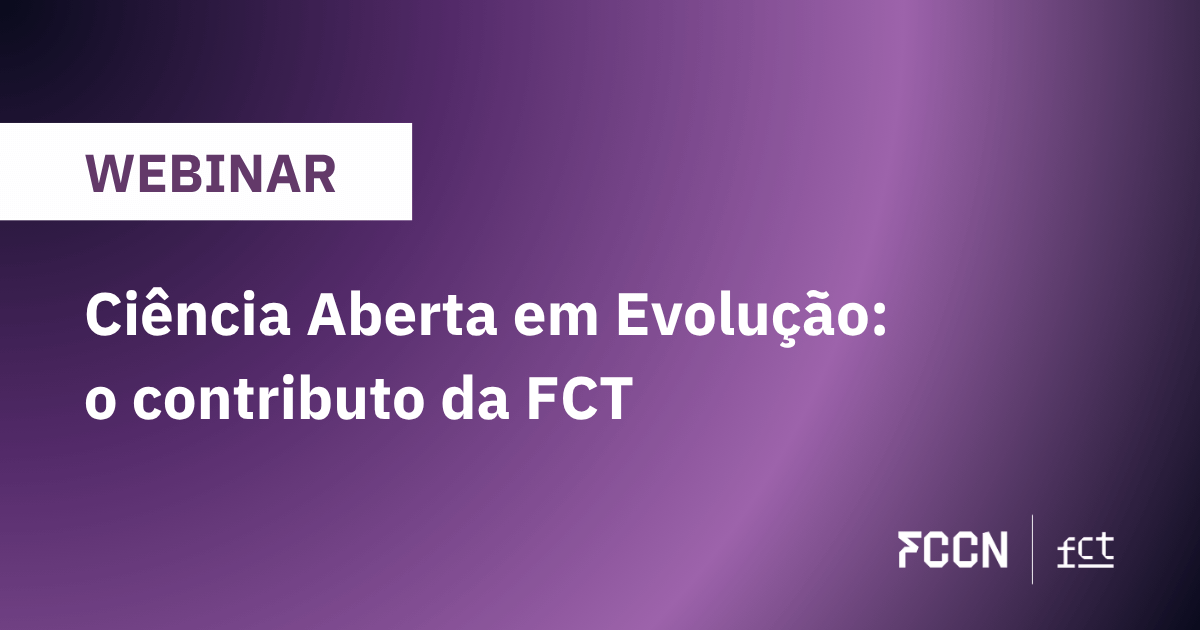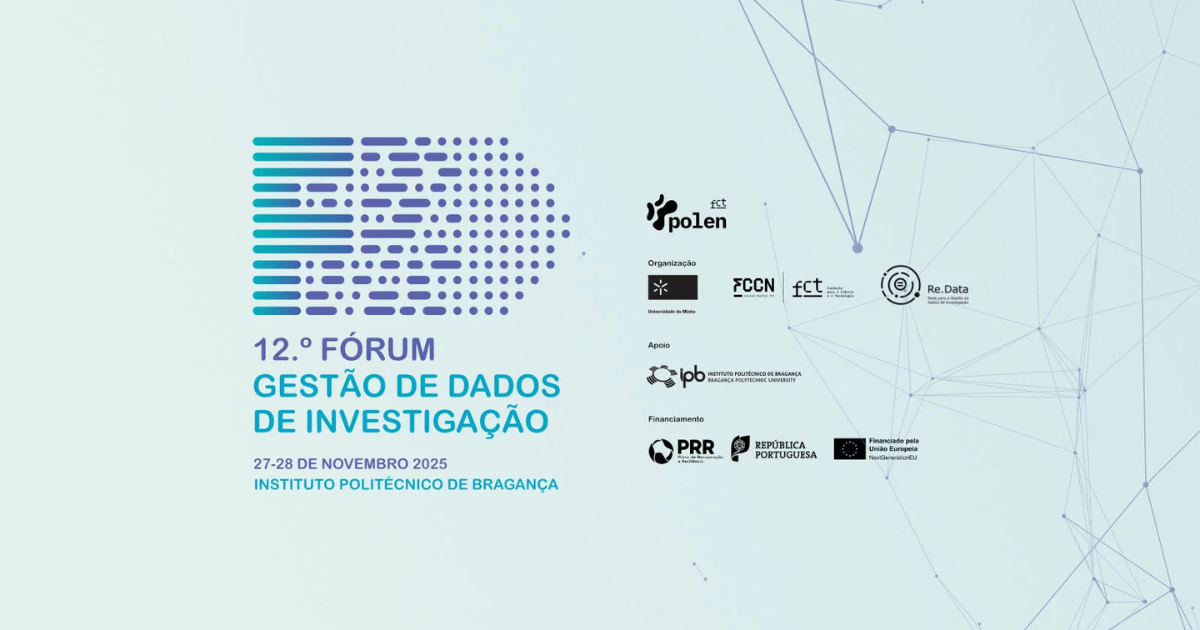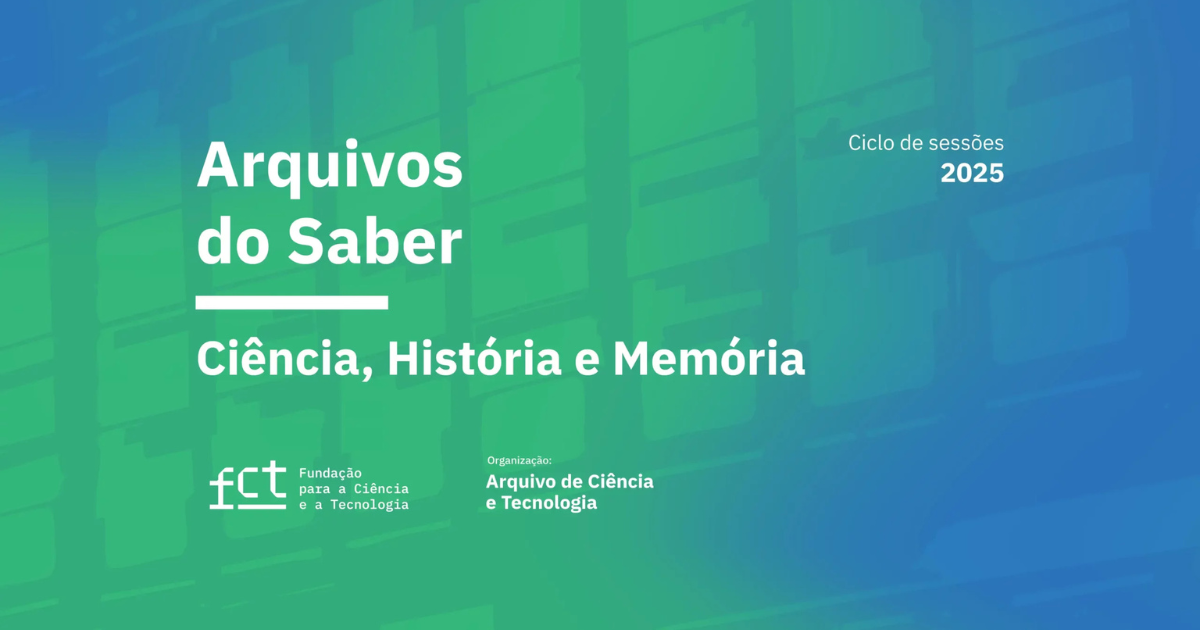

The Portuguese language is constantly changing. As we navigate the winding paths of the digital age, we witness this transformation in a more immediate, rapid, and pressing way.
In the year that marks the 500th anniversary of the birth of Camões, and also the celebration of the Portuguese language itself, it is important to reflect on how it has been asserting itself, as well as on the structures that have made efforts to preserve it. From the time of “arms and notable barons” who “passed even beyond Taprobana” to the current “seas never before (or very little) navigated” of World Wide Web, where is Camões' language heading?
Recent studies indicate that the presence of the Portuguese language on the internet is decreasing. Margarita Correia, professor, researcher and coordinator of the Portuguese Language Portal, states that the Portuguese Language Presence on the Internet (PPI) project, carried out in 2021 by the Observatory of Linguistic and Cultural Diversity on the Internet, points to the drop in position of Portuguese in the list of most used languages in the world. web.
Using another study methodology from the same Observatory, Daniel Pimienta and his team of researchers “consider the existence of an 'economic law' related to the Internet to be likely, which links the supply (the content of the Web available in a language) to demand (the number of speakers of that language connected to the network)”. According to the researcher, “previous studies have shown that the more speakers of a given language are connected to the Internet, the more pages Web exist in that language.”
Following this line of thought, Margarita Correia reports that the percentage of Portuguese speakers connected to the internet globally is 67%, with Brazil and Portugal contributing the most to this figure, with 74% and 75% of people connected, respectively. The other countries of the Community of Portuguese Language Countries (CPLP) have lower figures: Cape Verde (62%), Mozambique (21%), São Tomé and Príncipe (33%), Timor-Leste (30%), Angola (16%), and Guinea-Bissau (5%).
According to the researcher, "as a whole, therefore, Portuguese ranks 33rd on the list of languages with the highest percentage of internet users. However, Portugal has lower internet connection rates than the average for countries in the Organization for Economic Cooperation and Development (OECD) and a low growth rate."
As already highlighted, the internet plays a crucial role in the dissemination of Camões' language. The production of online content, the emergence of new forms of communication, knowledge transmission, and skills development, as well as the influence of social media, all contribute significantly to the growth in the number of Portuguese speakers.
In this sense, the role of all institutions and professionals who promote the teaching and dissemination of the Portuguese language throughout the world is crucial. This is the case of the Camões Institute in Portugal, as well as similar institutions in other countries around the world. The networks of archives and libraries spread throughout the Portuguese-speaking world are another good example in this regard. In addition to the physical collection of works in Portuguese that they preserve and make available and the various cultural activities they promote, the services provided through their websites undeniably contribute to the dissemination of the Portuguese language (as well as culture) within the communities they serve.
Also the NAU Platform, a project of e-learning A pioneering program in Portugal, developed by FCCN, Digital Services of the FCT – Foundation for Science and Technology, contributes to the same goal. Created with the purpose of democratizing knowledge and enabling access to education and skills training for broad user communities, particularly the Portuguese and Lusophone population, it has already become a benchmark in this field.
Aiming to open new worlds by creating ongoing and innovative pathways to knowledge about the Portuguese-speaking world, this project, recently supported by the Recovery and Resilience Plan (RRP), has become part of edx.org. As the second-largest MOOC platform in the world, with over 50 million users, NAU will reach an additional two million people from CPLP countries by offering 60 Portuguese-language courses under the PortugalX brand.
However, the above points should be seen as part of a broader, shared effort to unite and expand the community of Portuguese speakers on the internet, thus contributing to increasing the presence of Portuguese in cyberspace.
See the article in Público newspaper.

